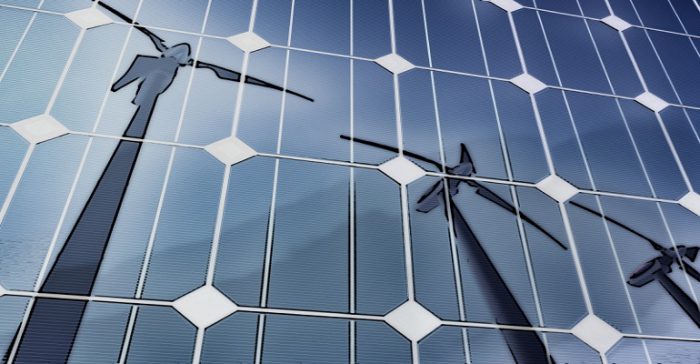Distributed energy resources pose biggest disruption to utility business model
Electrical Light & Power, July 5,2017
Although low natural gas prices and renewables are impacting the utility industry, the biggest disruption is coming from increased penetration of distributed energy resources, as well as the broader digitization of the utility value chain.
This is according to a state of the power industry report published by Navigant.
“As the industry transformation accelerates toward a cleaner, digital, distributed, and mobile grid infrastructure, the disruption facing the industry will proliferate and become increasingly complex,” said Jan Vrins, managing director and global energy practice leader at Navigant. “This report shows that utilities must provide new energy products and services to their customers that are supported by new business models that will allow them to continue to deliver customer and shareholder value.”
By 2030, Navigant expects the global market for DER, digital energy products, and services will create at least $1.3 billion in new revenue opportunities globally, according to the report.
New DER capacity from distributed generation, energy storage, energy efficiency, demand response, microgrids and electric vehicles is expected grow three to five times faster than new central station generation in the next 10 years.
“Specifically, energy efficiency and distributed generation are putting pressure on overall load growth and disrupting the traditional utility business model,” Vrins said. “This is occurring as the industry faces fast-paced changes in policy, regulation, technology, and customer demands.”
The survey results revealed current thinking on the biggest issues facing utilities today:
- Nearly half of the respondents see increased penetration of DER as the most disruptive threat to traditional utility business models over the coming decade, and more than 60 percent believe it will force a major shift in business models in the next decade.
- Roughly 40 percent believe technology cost reductions will be the greatest driver of clean, renewable energy adoption over the next decade.
- One-third ranked electrification of transportation as offering the most revenue growth potential for utilities.
- Over 40 percent of respondents agree that wind and solar, combined with storage, are the most viable resource alternatives to backfill declining baseload generation.
- Four in 10 respondents point to a supportive regulatory model as the most important tipping point for utilities to aggressively pursue owning and operating DER.
- And, over two-thirds of the respondents see energy platform provider or network orchestrator as the role for the future utility to pursue.
